

Articles
How To Store Fresh Rosemary
Modified: February 23, 2024
Learn how to properly store fresh rosemary in this informative article and keep it fresh for longer. Discover tips and tricks for preserving the flavor and aroma of this versatile herb.
(Many of the links in this article redirect to a specific reviewed product. Your purchase of these products through affiliate links helps to generate commission for Storables.com, at no extra cost. Learn more)
Introduction
Welcome to our guide on how to store fresh rosemary! Rosemary is a flavorful herb that can add a delightful aroma and taste to your culinary creations. Whether you have an abundant supply of fresh rosemary from your garden or want to prolong the lifespan of store-bought rosemary, properly storing it is essential to maintain its freshness and flavor.
In this article, we will explore the benefits of storing fresh rosemary and share various methods to help you store it effectively. From proper harvesting techniques to storing it in the refrigerator or freezer, we will provide you with all the information you need to ensure your rosemary stays fresh for as long as possible.
So, if you’re ready to learn how to store fresh rosemary and enjoy its flavorsome qualities in your cooking for weeks to come, let’s dive in!
Key Takeaways:
- Extend the lifespan of fresh rosemary by storing it properly in the refrigerator or freezer, preserving its flavor, fragrance, and usability for weeks. Harvest, prepare, and store with ease to elevate your culinary creations.
- Maximize the benefits of fresh rosemary by following proper harvesting techniques and preparing it for storage. Whether in the refrigerator, freezer, or alternative methods, maintain its freshness and convenience for your cooking needs.
Read more: How To Store Fresh Rosemary And Thyme
Benefits of Storing Fresh Rosemary
Storing fresh rosemary properly not only extends its shelf life but also helps preserve its flavor and aroma. Here are some key benefits of storing fresh rosemary:
- Extended usability: By storing fresh rosemary properly, you can keep it fresh for a longer period. This means that you’ll always have this versatile herb on hand whenever your recipes call for it.
- Cost-effective: If you grow your own rosemary or buy it in bulk, storing it properly allows you to maximize its shelf life and avoid wastage. This can save you money in the long run.
- Enhanced flavor: Fresh rosemary has a strong and distinct flavor, adding depth and complexity to a variety of dishes. When properly stored, the herb retains its vibrant flavor, ensuring that your dishes taste their best.
- Fragrance preservation: Rosemary’s aromatic properties are an integral part of its appeal. Proper storage helps preserve its delightful fragrance, allowing you to enjoy the herb’s scent even after it’s been harvested.
- Convenience: Having fresh rosemary readily available in your kitchen makes it easy to add a burst of flavor to your favorite recipes. Storing it properly ensures that it’s always within reach whenever you need it.
Now that you understand the benefits of storing fresh rosemary, let’s move on to the essential steps for harvesting this herb to maximize its freshness and flavor.
Proper Harvesting of Fresh Rosemary
Harvesting fresh rosemary involves picking the herb at the right time and using the correct techniques to ensure optimal flavor and fragrance. Follow these steps for proper harvesting:
- Choose the right time: Rosemary can be harvested throughout the year, but it’s best to wait until the plant is at least six inches tall. This allows the plant to establish a strong root system and ensures that you have enough leaves to harvest without harming the plant.
- Use sharp scissors or pruning shears: Before harvesting, make sure your cutting tool is clean and sharp. This helps minimize damage to the plant and ensures a clean cut.
- Locate the woody stems: Look for the thicker, woody stems on the plant. These stems contain the mature leaves that are ideal for harvest.
- Snip the stems: Position your scissors or pruning shears close to where the stem meets the main branch and make a clean cut. Avoid cutting too close to the main branch, as this may hinder regrowth.
- Harvest selectively: While it’s tempting to harvest all the ripe rosemary at once, it’s best to take only what you need at the time. This allows the plant to continue growing and producing fresh leaves.
Once you have harvested your fresh rosemary, it’s time to prepare it for storage. Read on to discover how to properly prepare your rosemary for long-term storage.
Preparing Fresh Rosemary for Storage
Before storing fresh rosemary, it’s important to properly prepare it to ensure its longevity and quality. Follow these steps to prepare your rosemary for storage:
- Inspect and clean: Examine the rosemary sprigs for any damaged or discolored leaves, as well as any insects or dirt. Remove any undesirable parts and gently wash the remaining sprigs under cold running water to remove any debris.
- Dry thoroughly: After washing, pat the rosemary sprigs dry using a clean kitchen towel or paper towels. It’s crucial to remove any excess moisture to prevent the growth of mold or bacteria during storage.
- Remove leaves from stems (optional): Depending on your preference, you can either store the rosemary sprigs with their leaves attached to the stems or separate the leaves from the stems. Removing the leaves from the stems can make it easier to use in recipes or spice blends.
- Chop or leave whole: Consider how you plan to use the rosemary in the future. If you typically use it in recipes that call for whole sprigs, it’s best to leave the sprigs intact. However, if you prefer using chopped rosemary, you can finely chop the leaves before storing.
Now that your fresh rosemary is prepared, it’s time to explore different methods of storage. Continue reading to learn how to store fresh rosemary in both the refrigerator and the freezer.
Storing Fresh Rosemary in the Refrigerator
The refrigerator is a convenient and effective way to store fresh rosemary, keeping it fresh and ready to use for an extended period. Follow these steps to store fresh rosemary in the refrigerator:
- Wrap in a damp paper towel: Take a damp paper towel or kitchen towel and gently wrap it around the fresh rosemary sprigs. This helps to maintain the herb’s moisture and prevents wilting.
- Place in a plastic bag: Transfer the wrapped rosemary sprigs into a loosely sealed plastic bag. This helps to create a humid environment that keeps the herb fresh without it becoming too moist.
- Label and date the bag: Use a marker or label to write the date of storage on the plastic bag. This allows you to keep track of its freshness and ensures that you use the oldest rosemary first.
- Store in the refrigerator: Place the labeled plastic bag with the rosemary sprigs in the vegetable or crisper drawer of your refrigerator. This cool and controlled environment will help maintain the freshness and quality of the rosemary for up to two weeks.
Remember to check the rosemary regularly and discard any sprigs that show signs of mold or deterioration.
Storing fresh rosemary in the refrigerator is an excellent option for short-term storage. If you want to store it for a more extended period, freezing is a great alternative. Read on to learn how to store fresh rosemary in the freezer.
Store fresh rosemary by wrapping it in a damp paper towel and placing it in a plastic bag in the refrigerator. This will help keep it fresh for up to two weeks.
Read more: How To Store Fresh Cut Rosemary
Storing Fresh Rosemary in the Freezer
Freezing fresh rosemary is an excellent method for long-term storage, ensuring that you have a supply of this flavorful herb whenever you need it. Follow these steps to store fresh rosemary in the freezer:
- Prepare the rosemary sprigs: Remove any damaged or discolored leaves from the sprigs and wash them thoroughly under running water. Pat them dry with a kitchen towel or paper towels.
- Trim and chop (optional): If desired, you can trim the rosemary leaves from the stems and chop them into smaller pieces. This makes it easier to measure and use in recipes straight from the freezer.
- Place in freezer bags: Transfer the prepared rosemary sprigs or chopped leaves into labeled freezer-safe bags, removing as much air as possible before sealing. Alternatively, you can use ice cube trays for portioned amounts of chopped rosemary.
- Label and date the bags: Write the date of freezing on each bag or ice cube tray to keep track of freshness and ensure that you use the oldest rosemary first.
- Freeze: Place the labeled bags or ice cube trays in the freezer, making sure to lay them flat for even freezing. The rosemary can be stored in the freezer for up to six months.
When you’re ready to use the frozen rosemary, simply remove the desired amount from the freezer and add it directly to your recipes. There’s no need to thaw it beforehand, as the leaves will thaw quickly when in contact with heat.
Freezing fresh rosemary is a convenient option if you have an abundant supply or want to preserve the herb for an extended period. However, there are alternative methods to store fresh rosemary if you don’t have access to a refrigerator or freezer. Continue reading to explore these alternatives.
Using Alternative Methods to Store Fresh Rosemary
If you don’t have access to a refrigerator or freezer, there are alternative methods to store fresh rosemary. While these may not provide as long of a shelf life as refrigeration or freezing, they can still help extend the herb’s freshness. Here are a few alternative methods:
- Airtight container with water: Place the fresh rosemary sprigs upright in a glass or jar filled with an inch or two of water. Cover the jar with a plastic bag and store it in a cool and dark place, such as a pantry or cupboard. Change the water every few days to keep it fresh.
- Herb preserver or herb keeper: Herb preservers or keepers are specially designed containers that help prolong the freshness of herbs, including rosemary. These containers typically have an airtight seal and a water reservoir to maintain humidity. Follow the manufacturer’s instructions for optimal use.
- Drying: If you prefer to dry your rosemary for long-term storage, you can hang the sprigs upside down in a well-ventilated area. Once fully dried, remove the leaves from the stems and store them in an airtight container in a cool, dark place.
While these alternative methods may not keep the rosemary as fresh as refrigeration or freezing, they can still help preserve the herb’s flavor and aroma for a short period, typically up to a week or two. Choose the method that works best for your storage needs and available resources.
Now that you have learned various methods to store fresh rosemary, let’s explore some tips to help you maintain the freshness of the stored herb.
Tips for Maintaining the Freshness of Stored Rosemary
To ensure that your stored rosemary remains fresh and flavorful, consider the following tips:
- Proper labeling: Labeling your stored rosemary with the date of storage helps you keep track of its freshness and ensures that you use the oldest rosemary first.
- Seal tightly: Whether you’re using plastic bags, containers, or jars, ensure they are properly sealed to maintain freshness and prevent air from entering.
- Store in the right location: Keep your stored rosemary in a cool, dark place away from direct sunlight and heat sources. This helps preserve its flavor and prevent wilting.
- Check for spoilage: Regularly inspect your stored rosemary for any signs of mold, discoloration, or unpleasant odor. Discard any sprigs that show signs of spoilage.
- Use airtight containers: Opt for airtight containers or bags that provide a moisture-free environment to prevent the growth of mold or bacteria.
- Avoid crushing: Although rosemary leaves can be fragile, avoid crushing or crushing them until just before use. This helps maintain their essential oils and flavors.
- Consider portioning: If you frequently use small amounts of rosemary in your recipes, consider portioning the herb in ice cube trays or small containers before freezing. This allows you to conveniently use measured amounts without thawing the entire batch.
- Frequently rotate: If you have multiple containers of stored rosemary, make sure to rotate and use the older ones first to minimize waste and maintain freshness.
By following these tips, you can prolong the freshness of your stored rosemary and continue to enjoy its aromatic and flavorful qualities in your cooking.
Now that you’re equipped with knowledge on storing and maintaining the freshness of fresh rosemary, you can confidently stock up on this versatile herb and have it readily available whenever culinary inspiration strikes.
Conclusion
Fresh rosemary is a versatile herb that can elevate the flavors of your dishes with its distinct taste and delightful aroma. Properly storing fresh rosemary ensures that you can enjoy its freshness and flavor for an extended period, whether you have an abundant harvest from your garden or bought it from a store.
In this comprehensive guide, we explored the benefits of storing fresh rosemary, the proper harvesting techniques, and the steps to prepare it for storage. We also discussed two popular methods of storing fresh rosemary: using the refrigerator and the freezer. Additionally, we touched on alternative methods and provided tips for maintaining the freshness of stored rosemary.
By following the tips and methods shared in this guide, you can prolong the lifespan of your fresh rosemary and have it readily available whenever you need a boost of flavor in your culinary creations.
Remember to choose the storage method that best suits your needs and resources. Whether you opt for refrigeration, freezing, or alternative methods, be sure to label and date your rosemary for easy organization and usage.
Now, armed with the knowledge on how to store fresh rosemary, you can experiment with this aromatic herb in various recipes without worrying about its freshness or availability. So go ahead, unleash your creativity in the kitchen, and enjoy the delightful flavors of fresh rosemary!
Frequently Asked Questions about How To Store Fresh Rosemary
Was this page helpful?
At Storables.com, we guarantee accurate and reliable information. Our content, validated by Expert Board Contributors, is crafted following stringent Editorial Policies. We're committed to providing you with well-researched, expert-backed insights for all your informational needs.


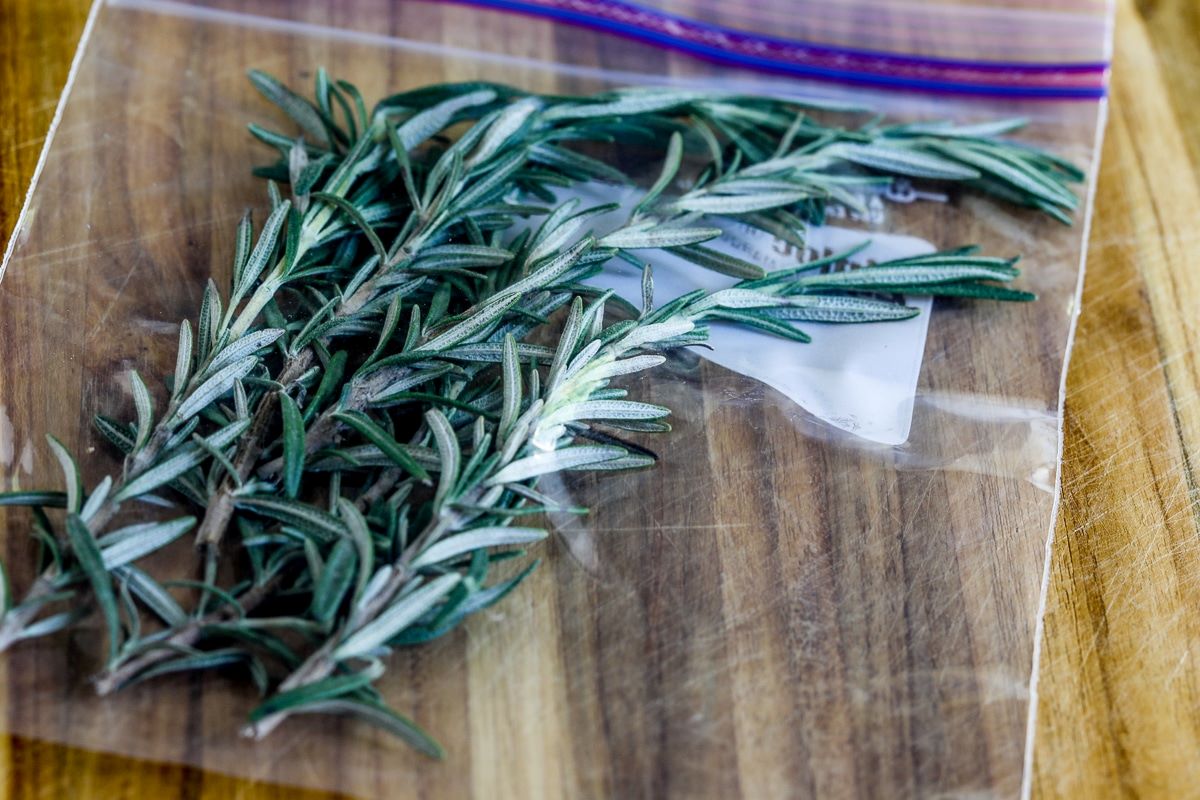
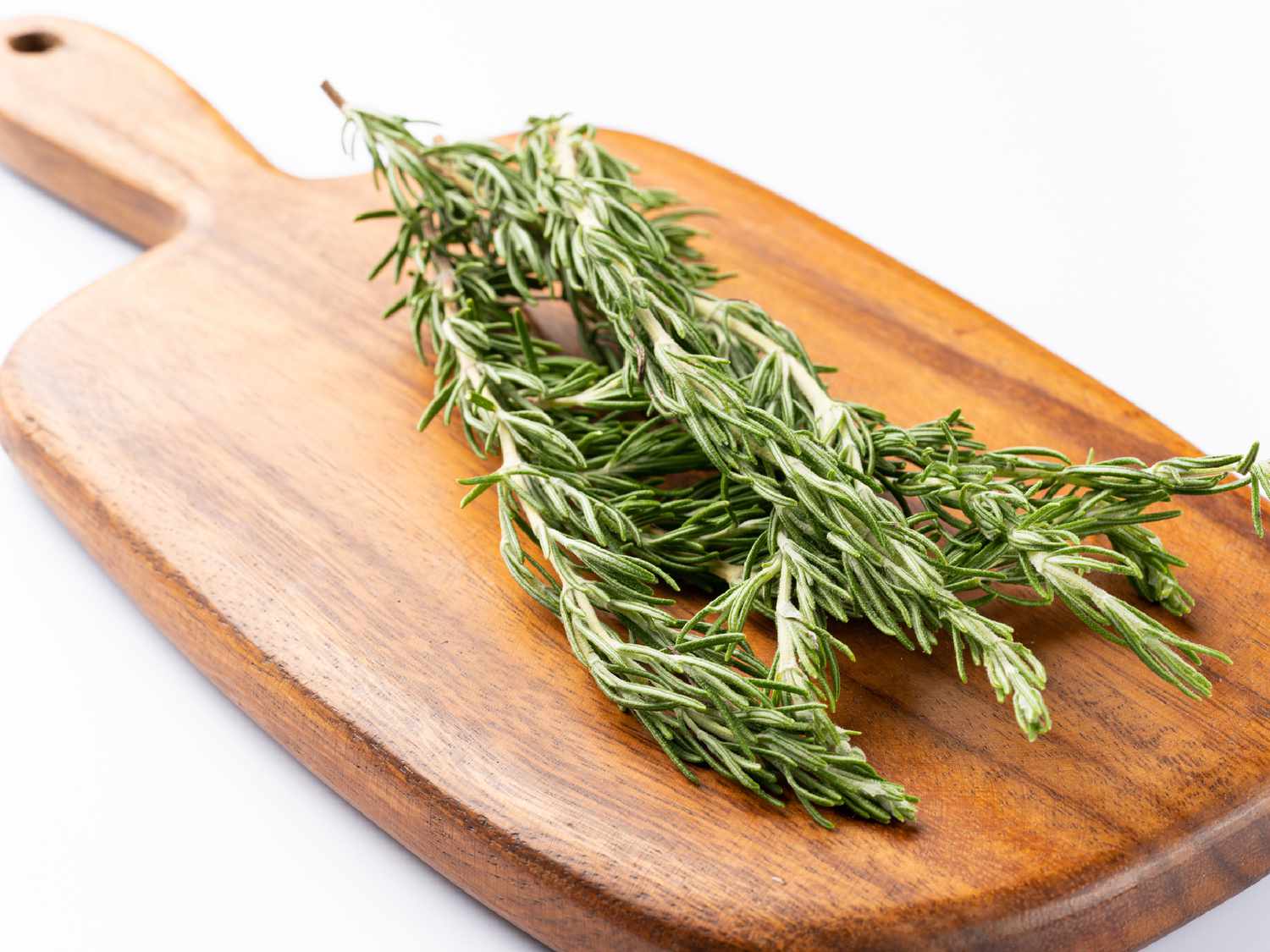



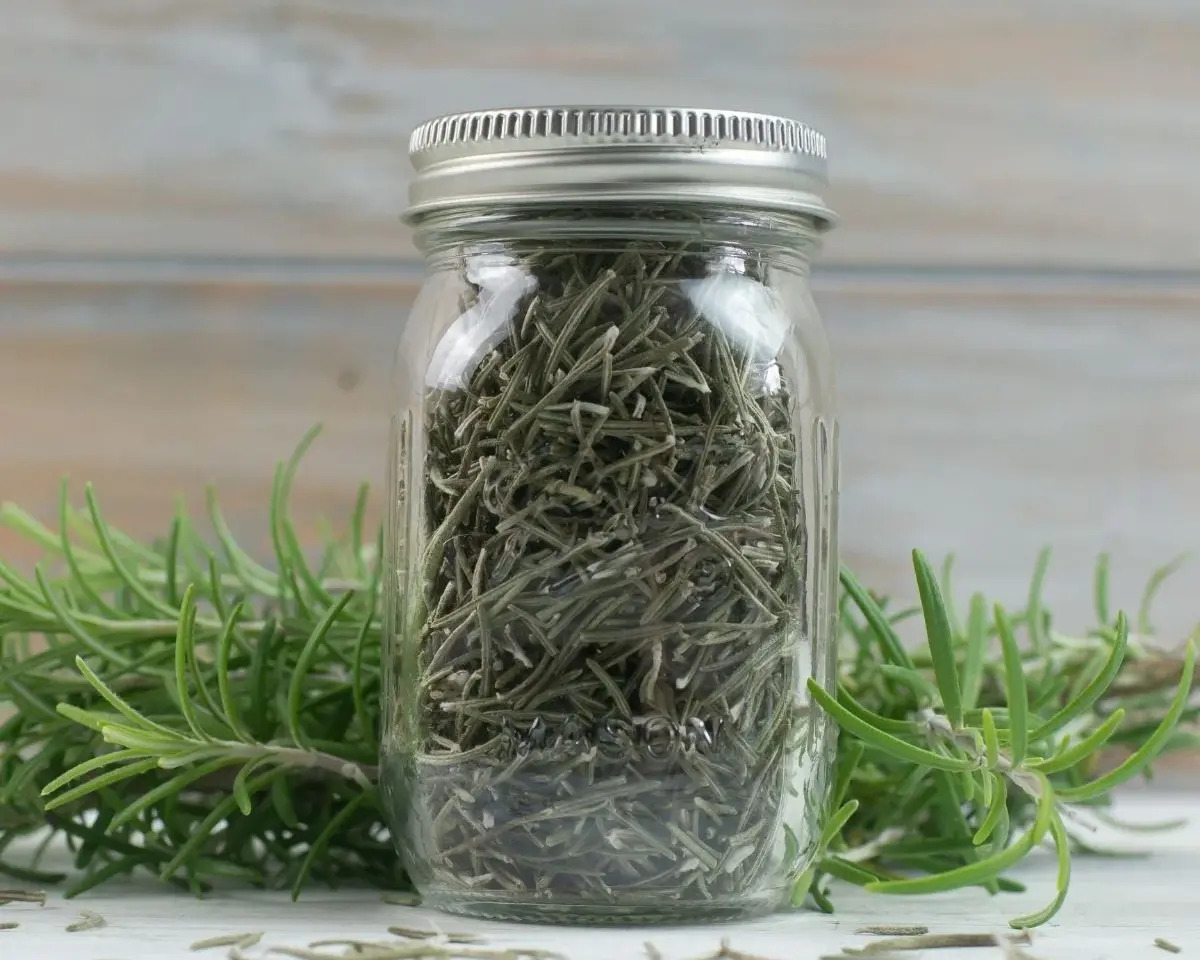

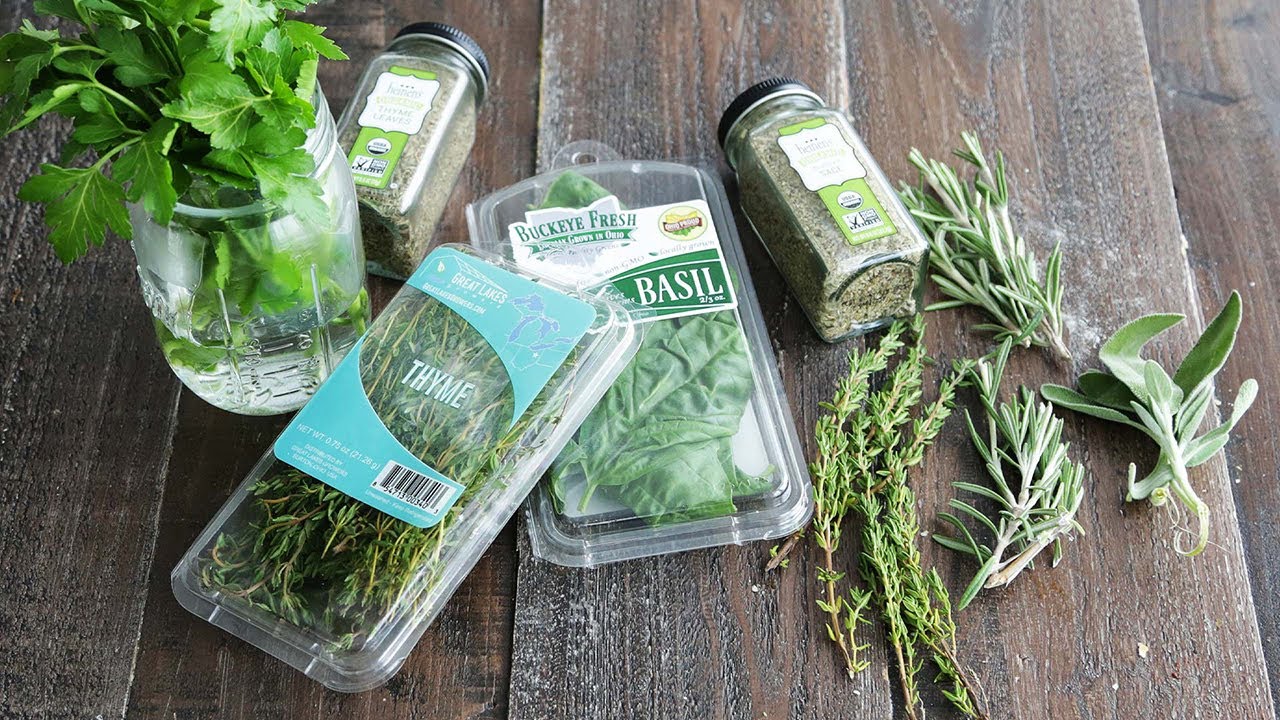


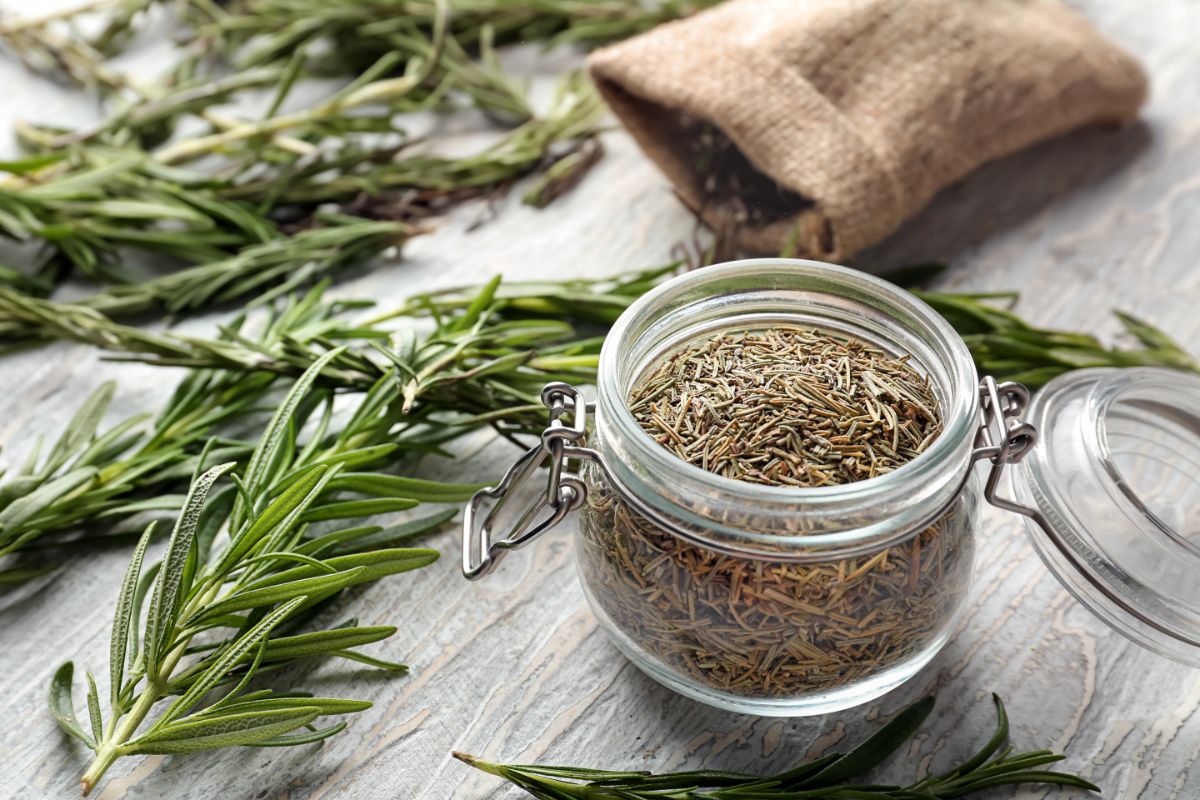


0 thoughts on “How To Store Fresh Rosemary”